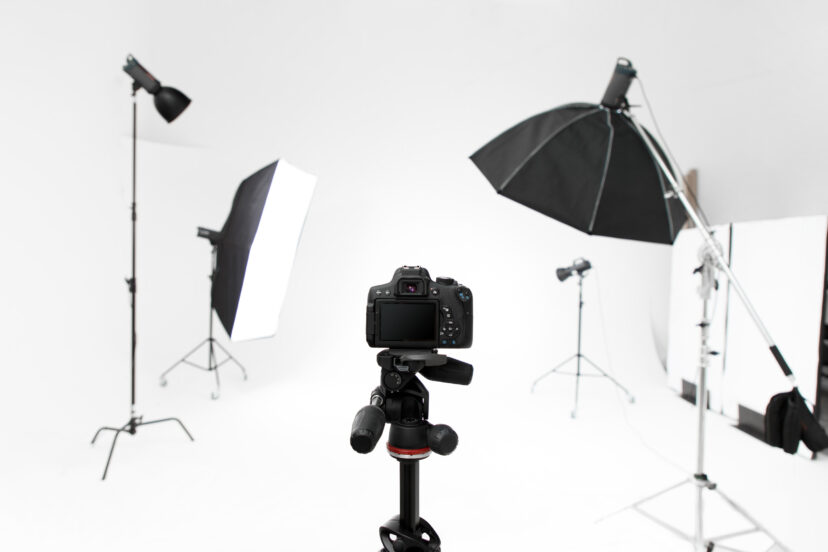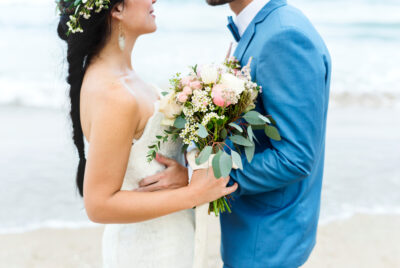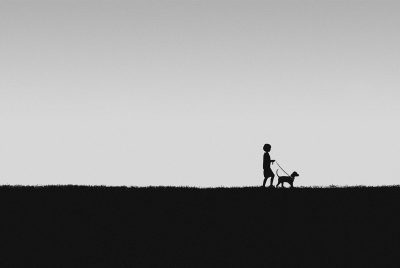Softbox vs Umbrella: Which One’s Better for Portrait Lighting?
If you’ve ever tried to improve your portrait lighting and found yourself stuck between buying a softbox or an umbrella, trust me — you’re not alone. I’ve spent years switching between both, and today I’m going to help you compare softboxes vs umbrellas to choose the best lighting tool for portraits, based on real-world experience and simple logic.
Why Your Light Modifier Matters
Choosing a light modifier is like choosing the personality of your photos.
Quality of light
Modifiers shape how the light wraps around your subject.
Control
Some tools give you precision, others spread light everywhere. The right choice depends on your style.
Image:
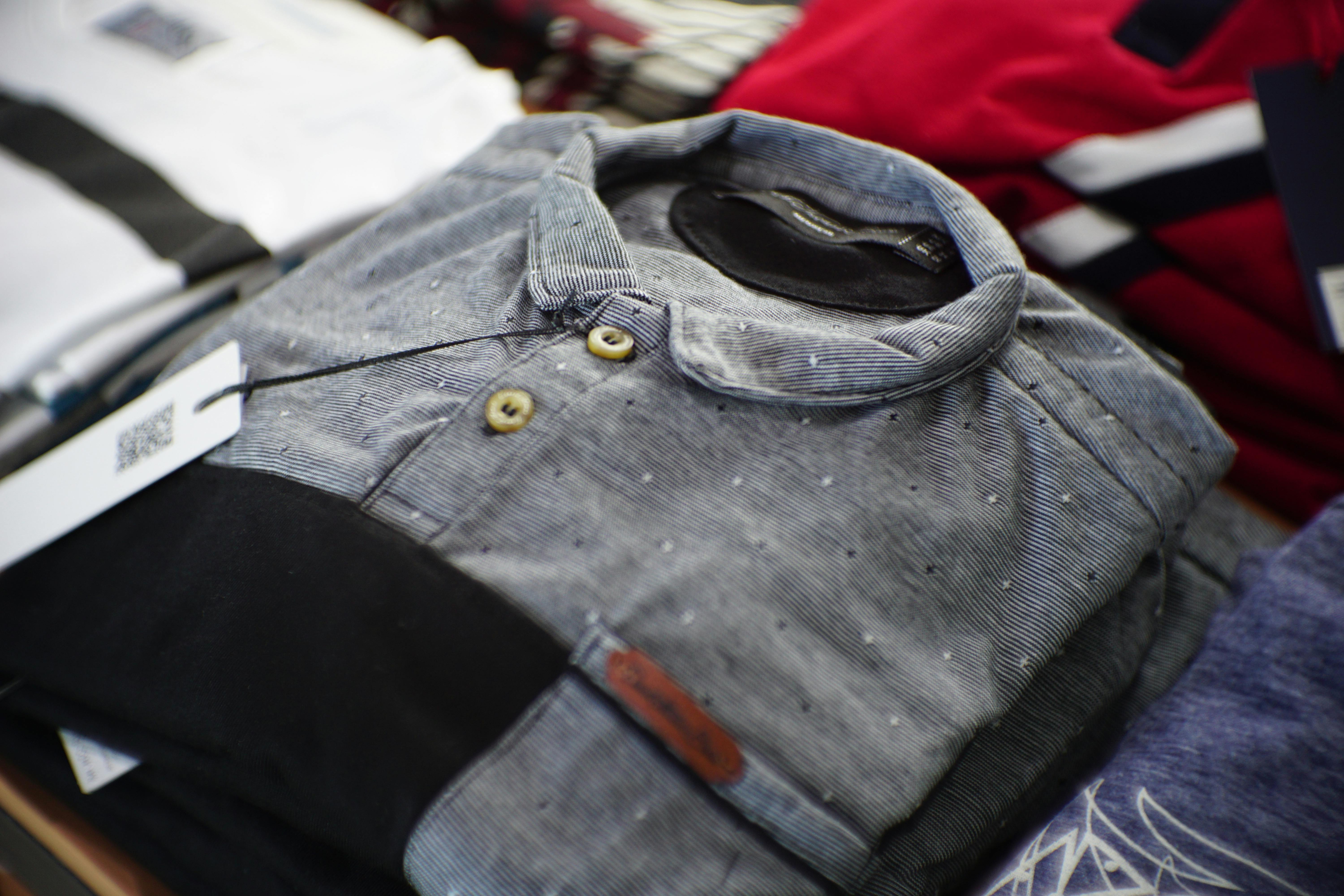
>>> Photo lighting CLICK HERE <<<
What Is a Softbox?
A softbox is essentially a controlled diffuser. It shapes and channels light forward, giving it softer edges and better direction.
How it works
A bulb or strobe fires inside a box lined with reflective material. The light diffuses through a soft front panel.
Types of softboxes
-
Rectangular
-
Square
-
Stripbox
-
Octabox
Image:
Why Photographers Love Softboxes
Softness
Softboxes give beautifully soft, even lighting with gentle shadows — perfect for portraits.
Directional control
You can aim light with precision, and many softboxes include grids for even tighter control.
What Is an Umbrella?
Umbrellas are faster and simpler. They come in two main types:
Shoot-through umbrella
Light passes through the white fabric, creating a soft, wide spread.
Reflective umbrella
You aim the light into the umbrella and bounce it back toward the subject for a punchier look.
Image:
https://images.pexels.com/photos/723875/pexels-photo-723875.jpeg
Benefits of Using Umbrellas
Wide spread
Umbrellas flood a room with soft light — great for groups or environmental portraits.
Lightweight
They’re ultra-portable, cheap, and quick to set up. Perfect for beginners or mobile photographers.
Softbox vs Umbrella: Key Differences
Here’s where things get interesting.
Light quality
-
Softbox: smooth, controlled, clean
-
Umbrella: wide, natural, sometimes messy
Control
-
Softbox: excellent control
-
Umbrella: minimal control, more spill
Portability
-
Softbox: bulkier but consistent
-
Umbrella: feather-light and folds small
Image:
>>> Photo lighting CLICK HERE <<<
Choosing Based on Portrait Style
The right modifier depends heavily on your style.
Soft, even portraits
Softbox wins. Skin tones look creamy and shadows blend smoothly.
Dramatic portraits
Softbox again — especially with grids — because it controls spill light.
Environmental portraits
Umbrellas shine when you want the light to blend with ambient surroundings.
Image: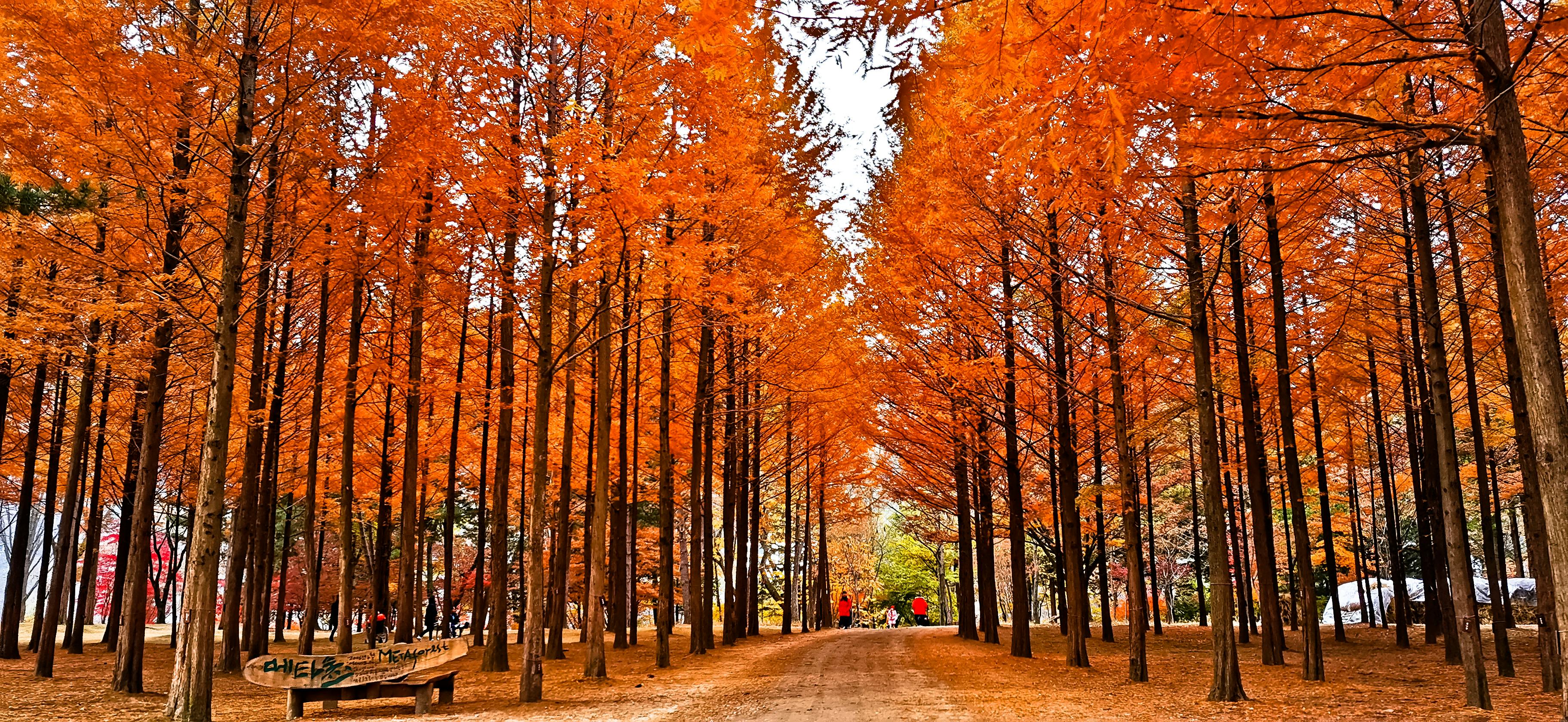
Softbox Lighting Techniques
Softboxes offer incredible creative control.
Feathering
Aim the edge of the softbox at your subject for smoother transitions.
Edge lighting
Place the box slightly behind your subject for a stunning rim light.
Portrait classics
Loop, Rembrandt, and butterfly lighting all shine with a softbox.
Umbrella Lighting Techniques
Umbrellas aren’t as precise, but they produce gorgeous natural-feeling light.
Bounce lighting
Aim the flash backward into a reflective umbrella for punchy softness.
Large softness
A big umbrella equals a bigger light source, which equals softer shadows.
Ambient blend
Shoot-through umbrellas mix naturally with daylight — perfect for lifestyle portraits.
Image:
https://images.pexels.com/photos/4964302/pexels-photo-4964302.jpeg
Best Scenarios for Softboxes
Softboxes dominate when you want control.
-
Studio portraits
-
Limited space
-
Corporate or professional looks
-
Beauty or fashion work
-
Close-up headshots
Best Scenarios for Umbrellas
Umbrellas are the MVP when you need speed and softness.
-
Outdoor portraits
-
Group shots
-
Newborn or family sessions
-
On-location shoots
-
Any situation requiring fast setup
Image: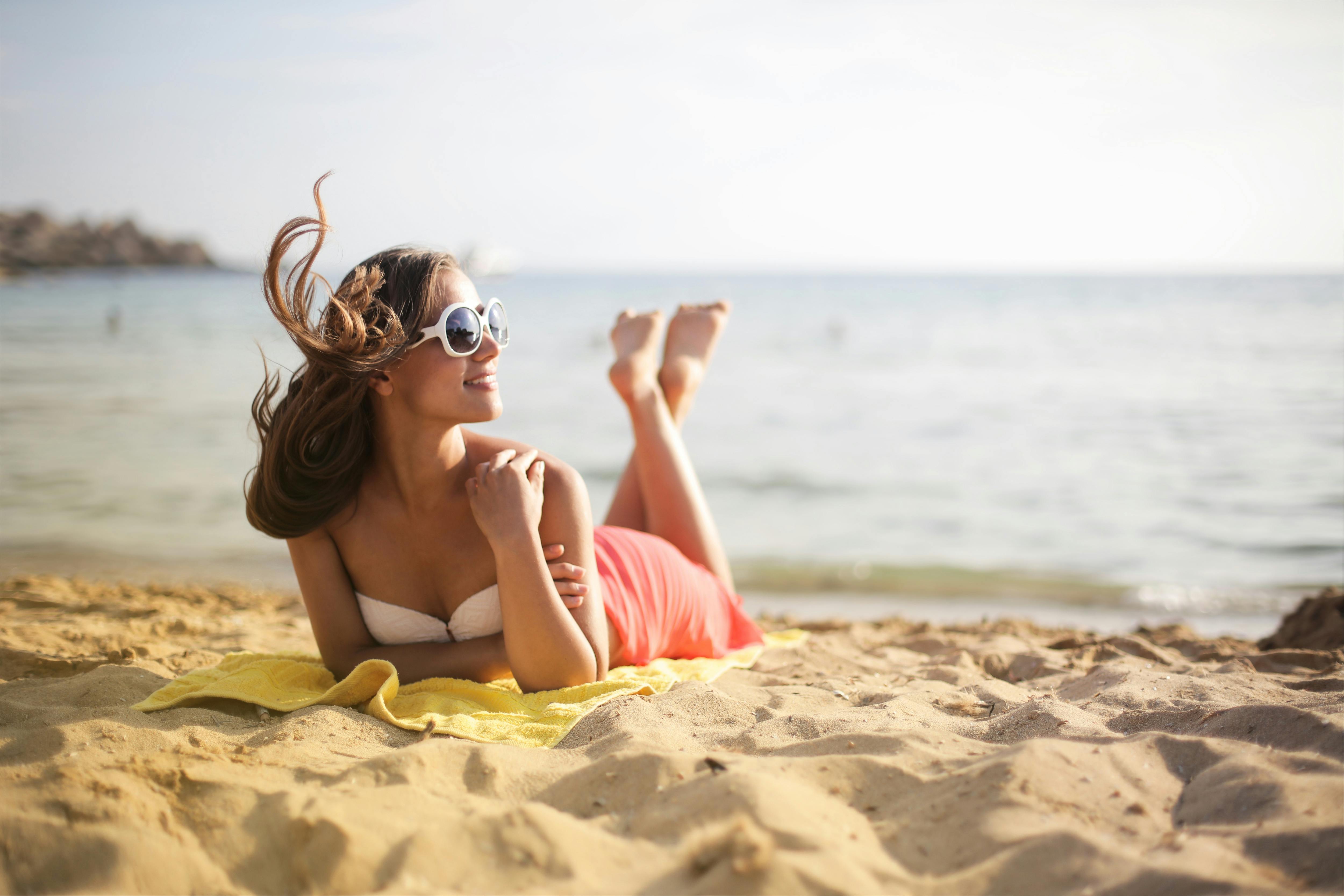
>>> Photo lighting CLICK HERE <<<
Common Mistakes with Each Modifier
Knowing what to avoid saves you frustration.
With softboxes:
-
Placing them too far away
-
Using the wrong size
-
Forgetting to feather for softness
With umbrellas:
-
Too much spill light
-
Overexposed hotspots
-
Difficulty controlling shadows
Do You Need Both? My Honest Advice
Absolutely. If you can afford both, your lighting possibilities explode.
Versatility
A softbox gives you control.
An umbrella gives you speed.
Budget considerations
If you’re just starting, get an umbrella first.
If you want polished portrait lighting, upgrade to a softbox.
Conclusion
Choosing between a softbox and an umbrella doesn’t have to be confusing. Now that you can compare softboxes vs umbrellas to choose the best lighting tool for portraits, you know exactly when to reach for each one.
A softbox gives you precision, drama, and polished results.
An umbrella gives you softness, convenience, and natural-looking light.
Both tools can create stunning portraits — but knowing when to use each is what makes you a stronger portrait photographer.
>>> Photo lighting CLICK HERE <<<
FAQs
1. Which gives softer light — a softbox or an umbrella?
Umbrellas generally produce softer light because they create a much larger light spread.
2. Is a softbox or umbrella better for beginners?
Umbrellas — they’re cheap, fast, and forgiving.
3. Can I use both together?
Yes. Some photographers use umbrellas for ambient fill and softboxes for key light.
4. What size softbox is best for portraits?
A 24″x36″ or medium octabox is ideal for most portrait setups.
5. Do umbrellas work well outdoors?
Yes, but beware of wind — they act like sails.
Further photo tips here:

